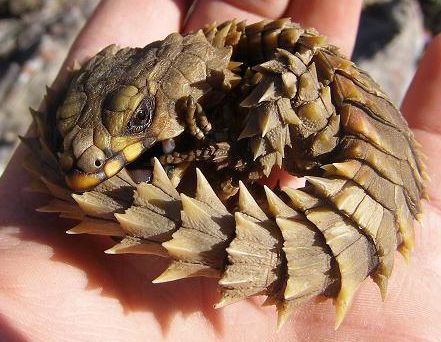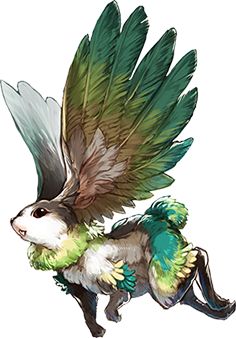Mykinkaiser
Literally the worst
This is where people may post player-made species, both plants and animals.
Template:
Name:
Picture (if you can find one):
Habitat (where can it be found in the world?):
Description:
Template:
Name:
Picture (if you can find one):
Habitat (where can it be found in the world?):
Description:




